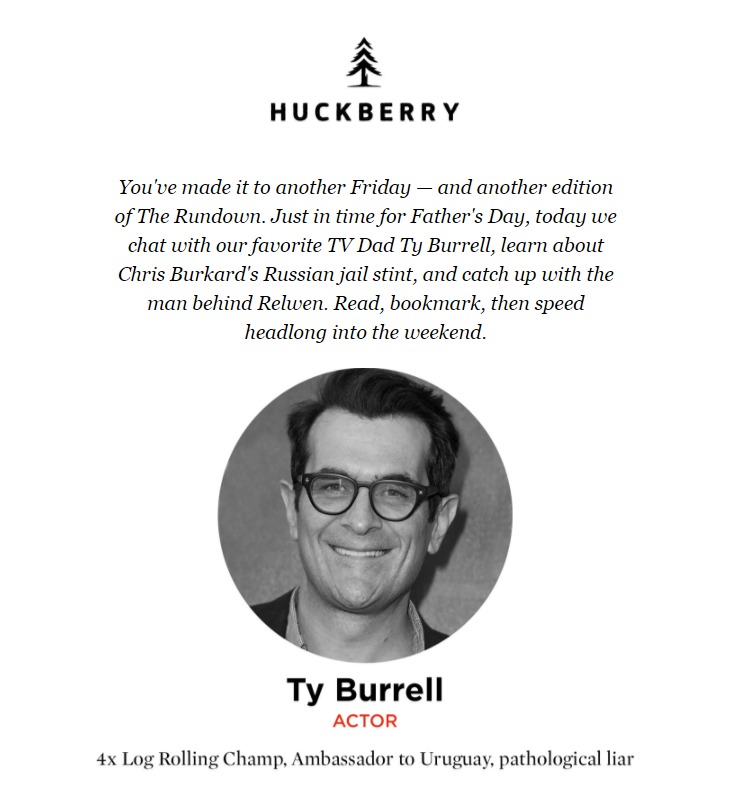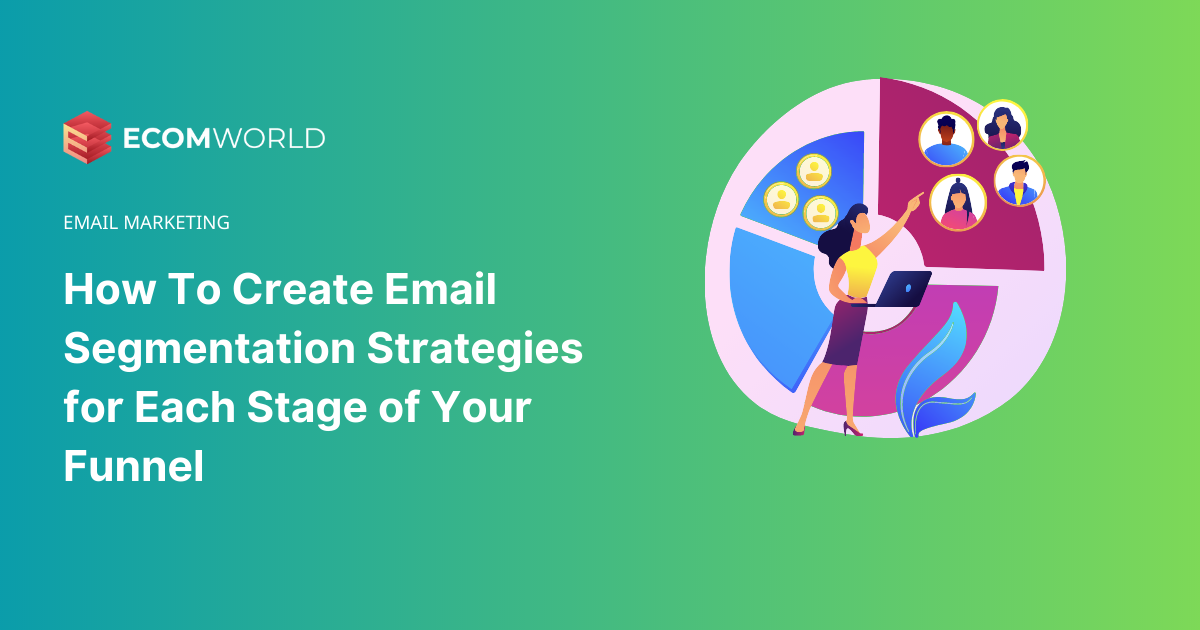Table of Contents
Do you know segmenting your email marketing lists can improve conversion rates?
Just look around. There are many success stories to back this up, like this one from Comcast.
The company joined forces with Amazon Music and HBO to offer students access to free media, like sports shows and TV programs.
Cheri Davies, Senior Director of Acquisition Marketing, said within a week of launching the offer, Comcast had a huge increase in traffic and a significant spike in conversions.
That’s just one example of how email marketing segmentation and targeting specific consumers can significantly boost your business.
After all, if you’re offering your customers a product or service that’s more likely to appeal to a selected audience, the chances of them buying increase, right?
That said, figuring out the best way to create an email marketing strategy can be huge
Demographics
Many marketers first begin their email segmentation strategy by using demographic data. Age, gender, company position, and income level can tell you plenty about a person’s needs and interests. Demographic examples include characteristics such as age, gender, location, and more. Of course, you shouldn’t ask your subscribers for all this information at once. What information you ask for depends on the product you’re trying to sell.
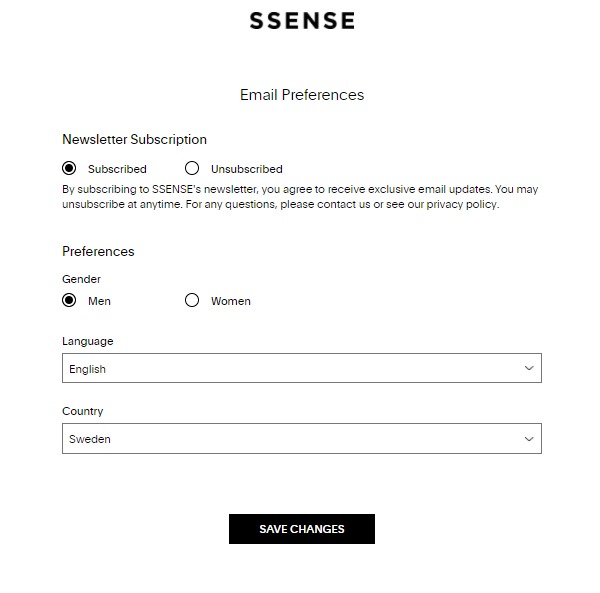
For example, e-commerce businesses that sell clothes would benefit from knowing the gender of their subscribers so they know if they should send offers on dresses or suits, for instance. You can also send an email after signup, asking for more information. This way, you can gather additional details to enhance your email segmentation efforts and provide more personalized content to your subscribers.
Signup Source
Segmenting subscribers based on how they were added to your list, is an uncommon but effective strategy.
You probably have multiple signup options on your site, right?
(If not, you should get to work).
You might even be experimenting with different calls-to-action (CTAs) and incentives.
If you are, there’s even more reason to segment your subscribers by signup source.
For example, if a user signs up for a coupon code, it’s fair to say that they’ve got high purchase intent.
You can then use your email campaigns as a way to keep these subscribers engaged and drive them to make that final purchase.
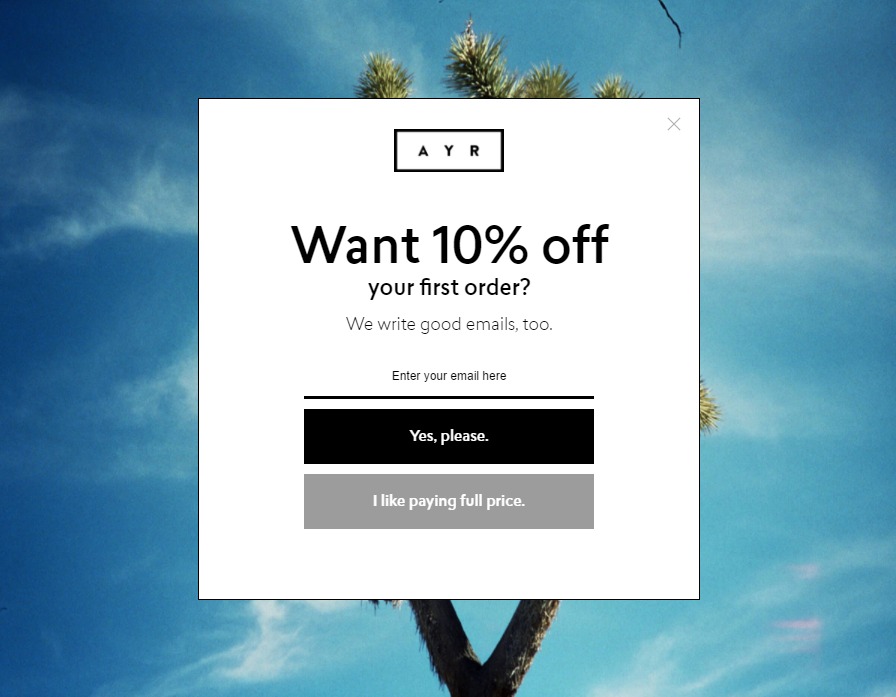
Engagement
This is perhaps one of the most effective ways of segmenting your list.
Looking at how subscribers have engaged with your brand previously will indicate how to approach them in the future.
This way, they’ll receive emails that are aligned with their past actions.
The result?
They’ll be more likely to engage and follow through on your CTAs in future emails.
You should always look at engagement across channels and not just focus on how they engage with your emails.
How subscribers behave on your website can tell you a lot about their purchase intent as well.
For example, if a subscriber visits the same product page more than three times within two weeks, you can assume they’re interested in that specific product. This person should get a higher lead score than people who only visited a product page once.
Then it’s up to you to figure out what’s holding them back and address that in an email. Maybe it’s shipping costs, price, or maybe the size they want is out of stock.
Interests and Preferences
Doesn’t it sound simple?
In reality, this segmentation strategy has an enormous impact.
Why is that?
Because subscribers tend to ignore emails that don’t capture their interest.
But here’s the fantastic part: implementing interest-based segmentation is easy.
By encouraging your subscribers to specify their interests (within your field of expertise, naturally), you can send them tailored email campaigns that hit the mark.

Recommended Products
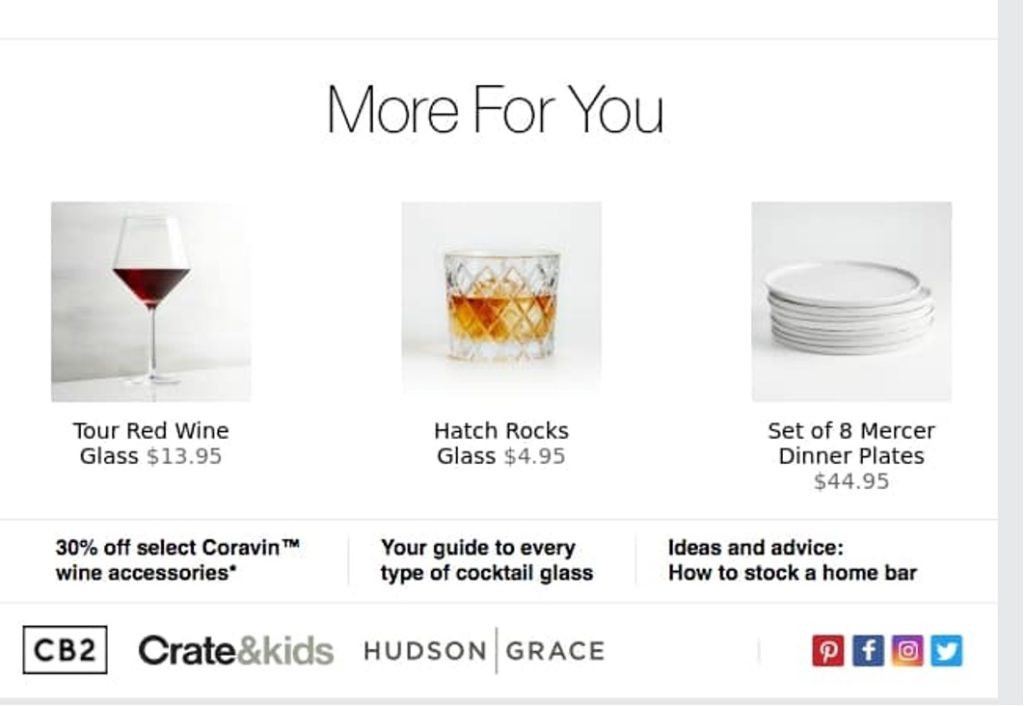
Another great way to segment your subscribers is by how they engage with recommended products.
If you haven’t implemented recommending products in your emails, you should.
Research shows that 37% of shoppers who click a recommendation during their first visit return to the site, compared to just 19% of shoppers that don’t click a recommendation during their first visit.
And the per-visit spend of a shopper who clicks a recommendation is five times higher than those who don’t click a recommendation.
When you send emails that include recommended products, you should track which products (if any), your subscribers click.
Shopping cart or form abandonment
This combined strategy can satisfy both B2B and B2C companies.
Approximately 68% of shopping carts are abandoned prior to purchase, according to a study by Baymard Institute. So having a cart abandonment program in place enables emails to reinvigorate the initial interest in purchasing that product, often with a discount offer.
For B2B companies, form abandoners is a reality. Perhaps the offer wasn’t of interest to the visitor, but the ability to recover them with other offers is a similar strategy to those e-commerce companies looking to convert prospects.
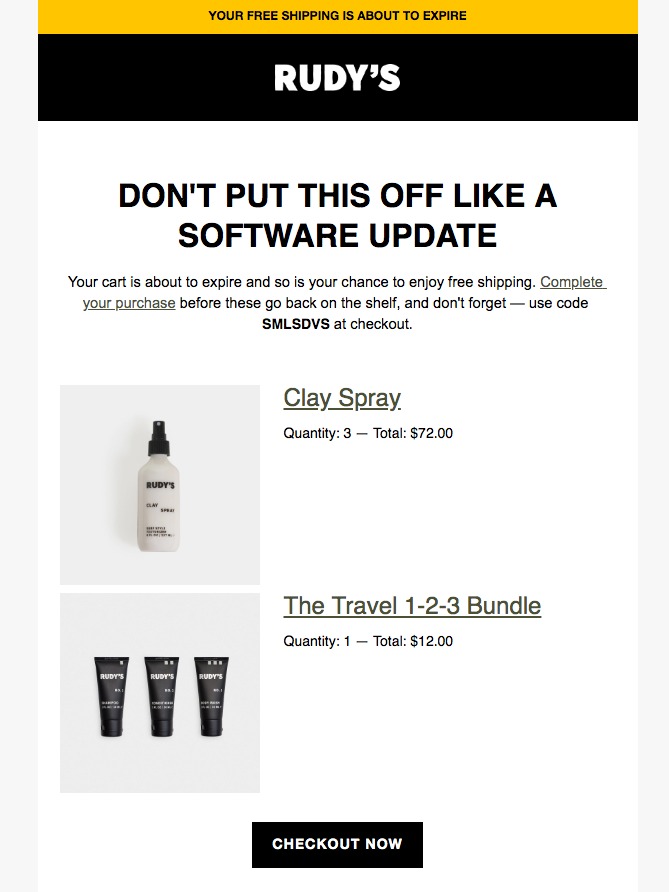
Purchase History

The one thing every repeat customer has in common is they’ve bought from you before.
That previous purchase gives you exactly what you need to send a segmented email encouraging another purchase.
Look at your customers’ purchase history to see what type of products they’re interested in, and promote related products in your emails.
It’s no secret that I love to shop. And thus I get a lot of promotional emails from online stores I’ve bought from before.
But few use my data as well as ASOS does.
Purchase Amount and Basket Size
Utilize customer purchase history to identify customers who show a greater inclination towards purchasing higher priced items versus those who are more inclined to buy lower priced items.
For instance, if you have customers who exclusively purchase items on sale, it would be counterproductive to send them emails promoting your latest and more expensive offerings.
Conversely, if you observe that certain customers consistently purchase your newest items, it could be advantageous to notify them via email whenever you launch a new product or product line (taking into account the frequency of such launches).
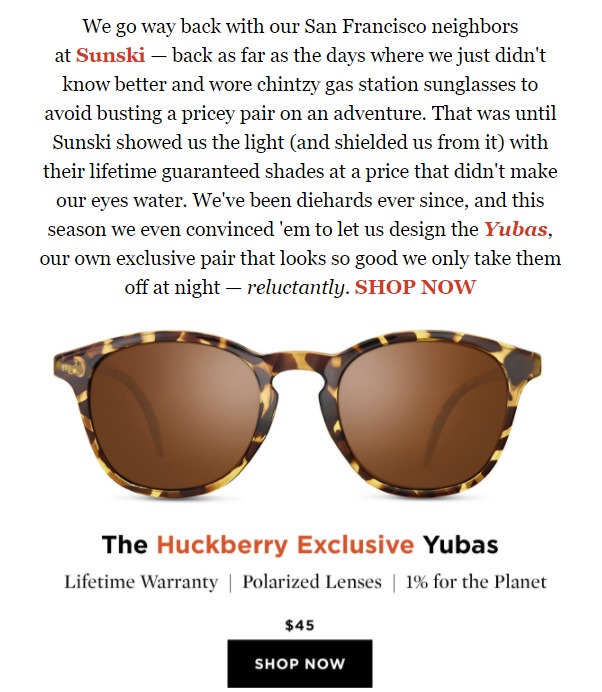
Inactive Customers
It’s important you don’t forget about inactive customers.
If your repeat customers haven’t made a purchase in a long time, you need to try and re-engage them.
First, try to figure out why they’ve been inactive.
Have they opened your emails but not clicked any of them?
This could mean that they were interested in the content, but your CTA wasn’t convincing enough.
In this instance, you could try the same type of content but with different CTA’s.
If they haven’t opened any of your emails in a long time, you should remove them from your list and add them to an email retention flow instead.
Here, you don’t to sell to them; you need to re-engage them in other ways such as browse your website, read a blog post, make a wish list, and so on.
